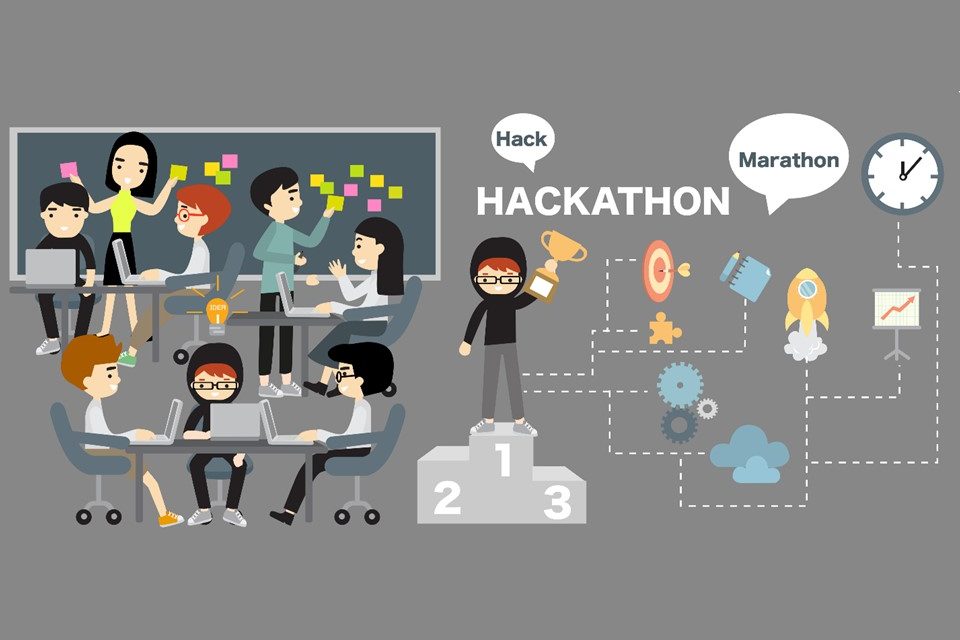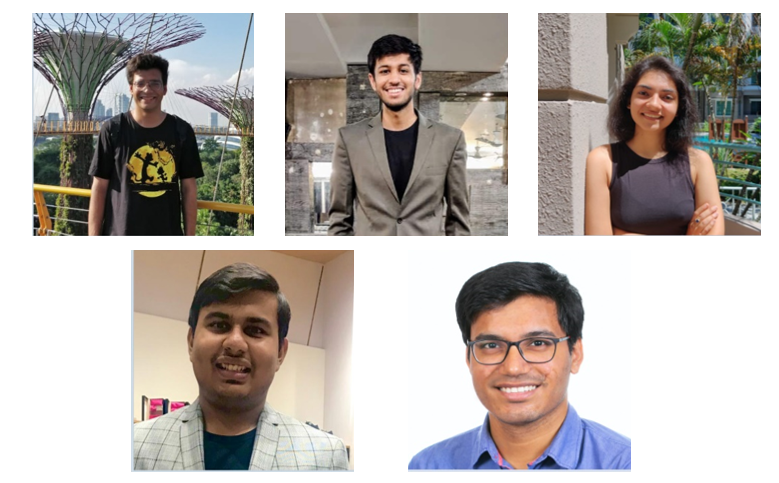By Ricky Kapur, Vice President of Sales, Marketing and Operations, Microsoft Asia Pacific
 Innovation comes when developers tackle challenges in new and creative ways. And a hackathon is an excellent opportunity for them to think outside of the box and flex their problem-solving skills.
Innovation comes when developers tackle challenges in new and creative ways. And a hackathon is an excellent opportunity for them to think outside of the box and flex their problem-solving skills.
What they come up with can surprise and delight. It can also provide enterprises and organizations with fresh perspectives and breakthroughs that have real potential and impact.
The magic truly happens when people of diverse experiences, backgrounds, and tech abilities get together with the tools and resources they need to come up with bold solutions.
It was exciting to see this in action when more than 3,000 artificial intelligence (AI) and machine learning enthusiasts, developers, designers, and entrepreneurs from across Asia Pacific took part in our recent Microsoft Azure Virtual Hackathon, held virtually via Microsoft Teams.
In the end, the event generated 74 proposals that addressed two real-world challenges presented by our event partners, Grab and the United Nations Development Program (UNDP).
The participants worked with extensive datasets, ideated on solution design, and created transformative solutions with Microsoft Azure AI. But most of all they used their imaginations.
Here are the challenges and winning solutions:
Grab challenge: Predicting travel times of ride-sharing services with accuracy
Millions of passengers use Grab daily, to travel to-and-from their desired locations. Providing an accurate estimated time of arrival (ETA) to the destination is crucial for a good rider experience.
Team Hakk.AI – the winning team of the Grab challenge.
Team Hakk.Ai, a team with members from Indonesia, Sri Lanka, and The Philippines, was crowned the winner of Grab’s challenge. Their taxi-hailing application HakkTaxi allows users to book a ride to their desired destination, while concurrently tracking the time against real-world use of the team’s application programming interface (API), built with Azure Maps by Microsoft and Geospatial Services.
“Our key takeaway from the hackathon was the experience in creating an end-to-end machine learning application and deploying it; with the use of real-life datasets,” shared Firnas Aleem, James Cassia, Ivan Wijaya, Winson Wijaya, and Vicky Feliren from Team Hakk.AI. “This hackathon inspired us to take this project further, particularly in the area of data science. In the next few months, we’ll further experiment on the application and possibly look into publishing our work in scientific journals.”
With time and location-based features that take into account rush hour traffic and the physical distances between pick-up and drop-off locations, users can test the response of the API against data points to compare predicted and real trip durations. Impressively, the team was able to prove a six-second margin of error!
As winners of the competition, they each received a Surface tablet and interview opportunities with Grab’s Data Science team.
HakkTaxi’s user interface; demonstrating the select booking function
UNDP Challenge: Protecting crops in urban farms
UNDP’s challenge was more focused on a critical need: food. Urban farming is possibly the only viable method of food production in densely populated cities like Singapore, where land is limited. Singapore has started thinking ahead with its “30 by 30″ goal” to produce 30% of the country’s nutritional needs domestically by 2030.
However, urban farms often suffer from threats such as crop pests and diseases. And that was the impetus for UNDP’s challenge: develop safe, effective, and environmentally friendly solutions to protect crops in urban farms.
Team AgroVision – the winning team of the UNDP challenge.
Team AgroVision, consisting of current and graduate students from the National University of Singapore (NUS), were the winners.
Akshaye Shenoi, Ashwin Bagree, Soumyadip Ghosh, Tanya Talwar, and Utkarsh Chaturvedi from Team AgroVision shared, “We were able to test outside of the box ideas and approaches as we learned more about the functionalities Microsoft Azure offers. For instance, following the decision to leverage drones in monitoring the crops, we leveraged IoT Hub and Event Hub to provide the necessary plumbing for a real-time visualization of data movement. We were really impressed by how easy it was to stitch together such a complex system.”
Their AgroVision tool allows farmers and policymakers to make better informed, data-driven decisions. By using the platform, farmers can detect weeds early and assess if plants or crops are in poor health. Sensors and actuators, pre-trained with Azure Custom Vision by Microsoft and machine learning models, collect and analyze data on plants and their environments. With these insights, urban farmers can manage pests, diseases, and plant health better. Data could be made available to policymakers as they plan the country’s sustainable urban farming agenda.
Beyond the hackathon, the team has ambitious plans to develop its prototype into a commercial product by working with the UNDP and the Singapore Food Agency (SFA).
AgroVision’s user interface; powered by PowerBI.
Other great ideas
The runners-up of the Grab challenge presented solutions that showcased their creative thinking. Team Benchwarmers from Malaysia utilized historical driving movement data and network analytics to derive accurate timings to the shortest paths between destinations.
Meanwhile, Team BIT from Indonesia explored feature engineering, developing 52 temporal, spatial, landmark, and weather features as added layers of accuracy in calculating the ETAs of rides.
UNDP’s runner-up Farm Mods took a different route with their solution. They created a modular, configurable hydroponics solution equipped with monitoring technology to track crop growth and health via a mobile application.
Hacking innovation to solve real-world problems
Group photo from the closing ceremony of the Microsoft Azure Virtual Hackathon; with Microsoft leaders,
partners from Grab and UNDP, and the hackathon winners and runners-up.
The ingenuity, creativity, and dedication of these teams shine through in their solutions. More than just a sleepless weekend or two, hackathons bring together the forces – developers, businesses, and organizations – which are essential in accelerating innovation with an impact on society regionally and beyond.
In times like these, organizations can’t afford to miss the invaluable opportunities of ideation and innovation that hackathons provide. We are always keen to enable great ideas that will solve key issues we face as a community.
I am always excited about the next hackathon, the next innovation, and the next tech breakthrough. And I hope you will be too, as we find innovative ways to manage the opportunities of tomorrow.










